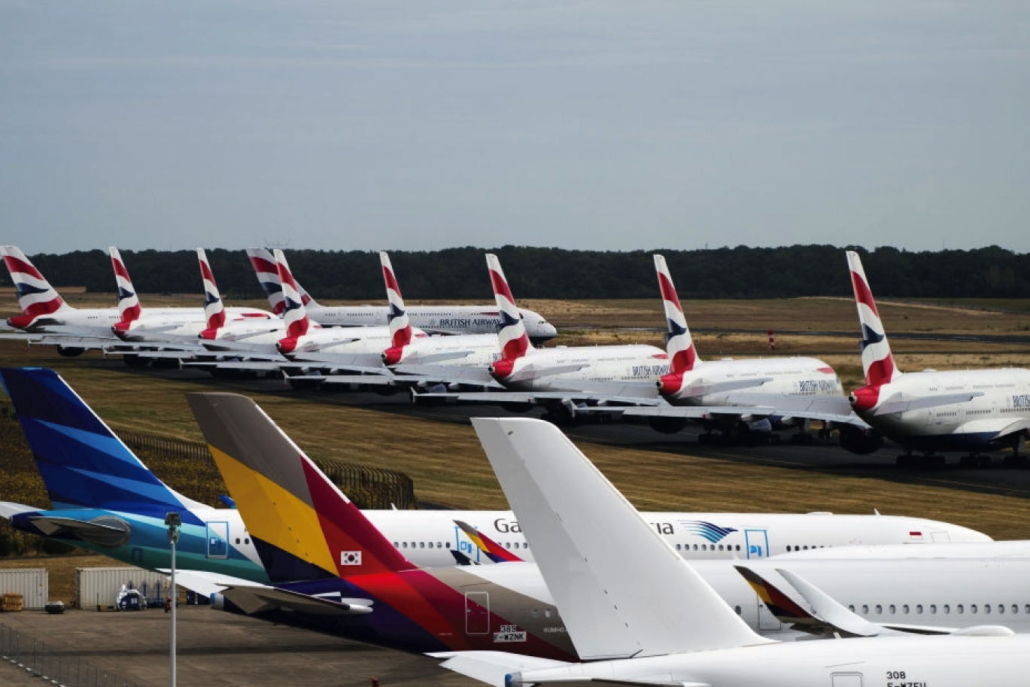With the closure of borders and the blocking of tourist destinations, the aviation industry has suffered badly, leaving only two options for airlines: withdraw their older planes and store the rest.
In recent months, many countries have taken different measures such as opening or making borders more flexible depending on the number of cases detected, however, airlines continue in crisis regardless of each of the offers and promotions they have devised to attract customers and restart their operations. ; This has forced them to store their fleet on the ground, and although keeping a plane in a cemetery does not sound so complicated, many wonders “what happens to those planes that are parked”.
The first thing to know is that they are not located anywhere. Traditional airports are not designed for long-term storage of airplanes, so you must find an “ideal” place to park them, which is dry and relatively cold to avoid damage from the sun and humidity.
If it is not possible to keep the planes in a place with these conditions, the airlines are willing to accept regions with higher temperatures, as long as there are maintenance personnel nearby to work on the planes if necessary. For example, Qantas decided to let its Boeing 787s rest at Victorville airport, since the humidity in California is lower than in Australia, and the company has a team of engineers available in Los Angeles.
Another important piece of information is that there is a big difference between “hot parking” and “deep storage”. The airplanes under active parked are ready to fly at any time, and they are stored in airports or very close to their routes.
These airplanes are lubricated regularly, the electronic and hydraulic systems are periodically reactivated, and they are “taken out for a walk” to avoid deformation of the tires. In this sense, any aircraft under active parked may return to service in less than 48 hours.
Deep storage, for its part, demands another kind of work. Engine lubricants are replaced with anti-corrosion agents, and if the pause is too long, some airlines choose to recall or recycle their planes so as not to continue paying for storage. For this reason, around 740 aircraft have been retired from around the world.
Source: Aviación al Día




Leave a Reply
Want to join the discussion?Feel free to contribute!